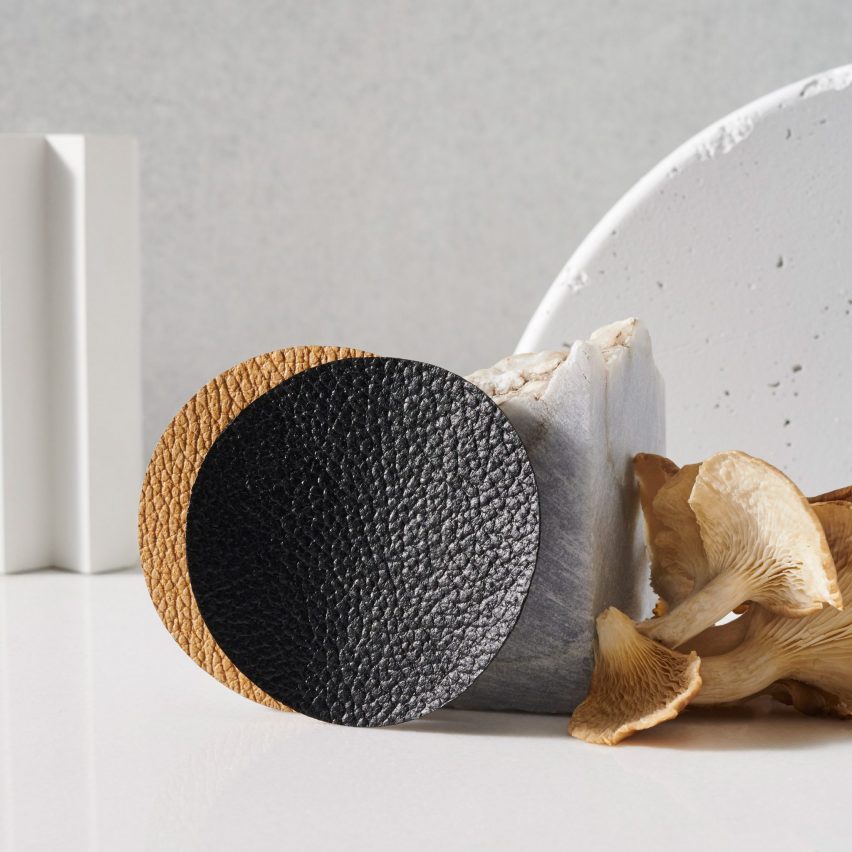Seven key materials designers are relying on to create more sustainable products

To mark Earth Day, we've rounded up seven materials that designers are using to replace more polluting mainstays such as plastic, concrete and leather in a bid to limit the impacts of climate change.
With a recent study finding that human-made materials now outweigh the total mass of Earth's living biomass, designers are becoming increasingly aware of how the products they design impact the planet.
From using renewable, carbon capturing materials such as cork, algae and latex to turning reclaimed food waste into food packaging, the focus is now on the entire lifecycle of a product. This includes how raw ingredients are sourced and how they can ultimately be reused, recycled or returned to nature once the product reaches the end of its life.
Read on for the seven key materials designers are reaching for to mitigate the environmental impact of their work:
Mycelium leather
As the fashion industry looks to replace animal leather and its synthetic substitutes, a number of high-profile brands have hedged their bets on alternatives made from mycelium ? the root-like structure that fungi use to grow.
The leather is grown from spores in a lab, which expands into a sheet of interwoven filaments that is then tanned and dyed to recreate the look and feel of real leather.
Biomaterial companies claim that mycelium leather emits fewer greenhouse gases and consumes fewer natural resources in its production than the manufacture of plastic leather and the rearing of livestock, which is r...
| -------------------------------- |
| "Every interpretation is legitimate, even the most critical" says Christo of his artworks |
|
|
Villa M by Pierattelli Architetture Modernizes 1950s Florence Estate
31-10-2024 07:22 - (
Architecture )
Kent Avenue Penthouse Merges Industrial and Minimalist Styles
31-10-2024 07:22 - (
Architecture )






